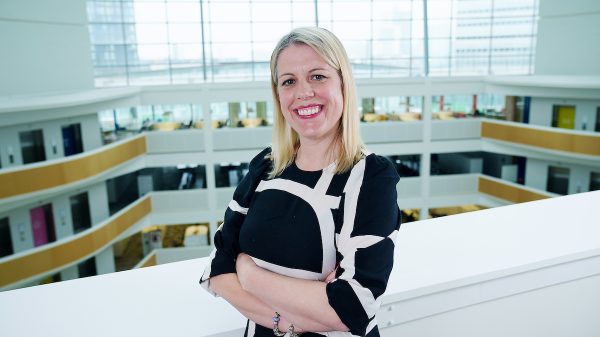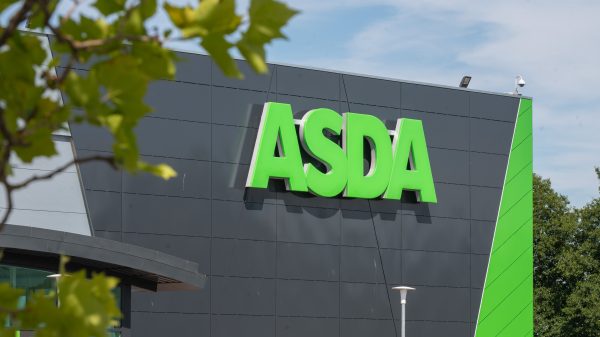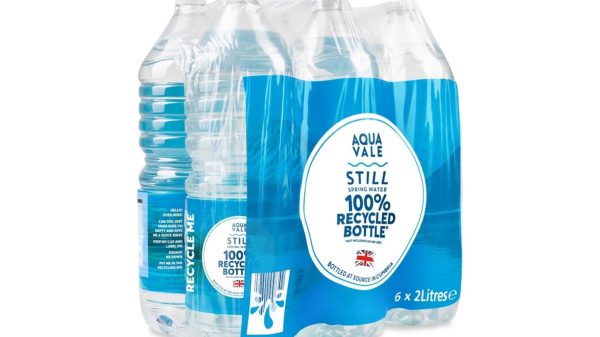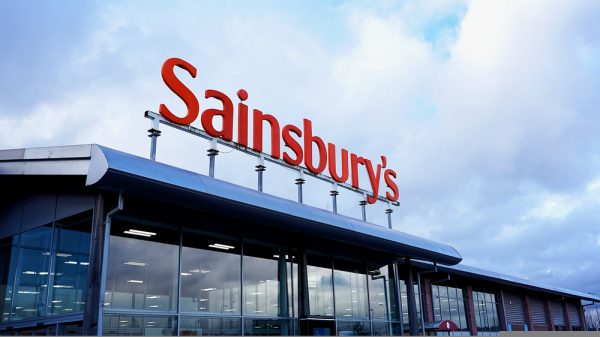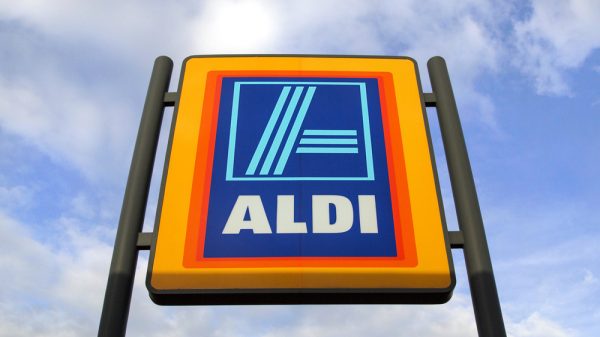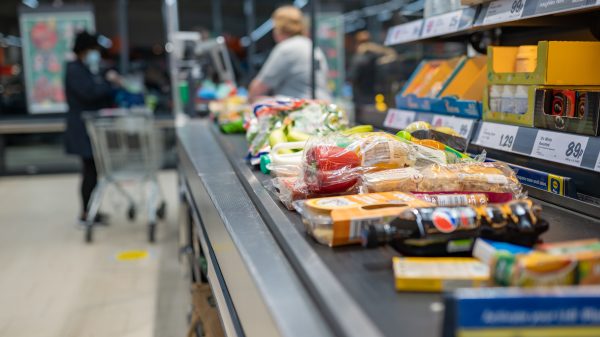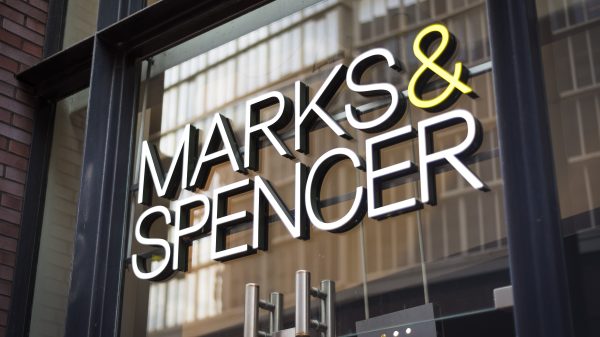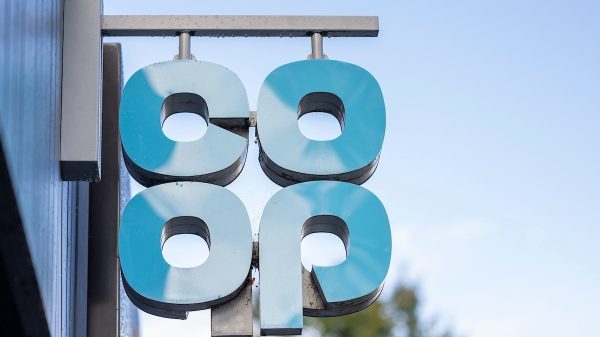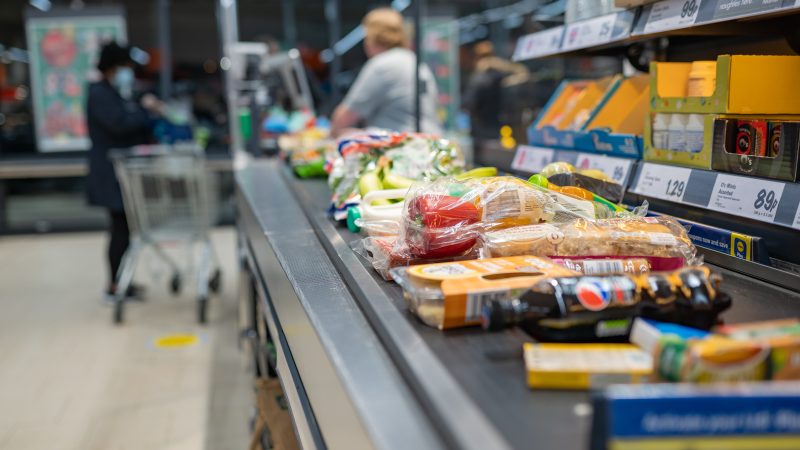As we reach the second half of 2022, retailers have already implemented a variety of technological innovations this year to reduce waste, increase efficiency and improve customer satisfaction.
Despite some systems not being renewed after trial or facing criticisms, it appears a few of these advancements are set to stay as 90% of consumers are looking for a digitally enhanced shopping journey, according to industry insights company Deloitte.
Following a surge in online shopping throughout the Covid-19 pandemic, Deloitte’s retail consumer survey conducted last year also found that even more now than during the pandemic, 78% of consumers value convenience, a benefit of many new in-store tech advancements.
Grocery Gazette has taken a look into the tech innovations hitting supermarket stores from delivery robots, electronic shelf edge labels and advanced self-service checkouts.
READ MORE: Southern Co-op slammed for ‘unlawful’ facial recognition in stores
Delivery robots
Big 4 grocer Tesco and symbol group retailer Co-op are two of the retailers delving into the world of robot delivery services in partnership with robotics company, Starship Technologies.
Powered by zero-carbon electricity, Starship’s small white robots use sensors, artificial intelligence and machine learning to travel on pavements and navigate around obstacles.
Computer vision-based navigation helps map their environment to the nearest inch whilst also travelling at a safe speed of a pedestrian, no faster than four miles per hour.
The service, which can be carried out in 20 minutes, allows shoppers to choose from over 3,000 grocery items and as of July, Co-op and Starship’s partnership had seen the robots travel four million miles, completing 3.5 million deliveries direct to customers doors.
“Autonomous delivery services offer numerous benefits to the grocery industry. Firstly, robotic delivery is easy, convenient and affordable for the customer. Services such as Starship’s can be deployed at a fraction of the cost of the human equivalent – and with no hassle for the customer,” a Starship Technologies spokesperson told Grocery Gazette.
“Starship’s robots are powered by zero carbon electricity, with the average delivery for a Starship robot consuming as little energy as boiling a kettle to make just one cup of tea.
“We also firmly believe that the only way to sustainably and economically deliver low basket value goods to customers on demand efficiently over short distances is by using autonomous robots. The additional positive impact of this is that it means people can work in much better conditions and environments within the wider delivery industry.”
READ MORE: Co-op expands Starship partnership with delivery robots in two new locations
Electronic shelf edge labels
A form of innovation not quite so new to the grocery sector, electronic shelf edge labels (ESELs) have been considered as an alternative to paper or plastic printed labels in recent years, however many retailers are yet to fully implement these devices in stores.
Speaking with marketing technology company Scala, its UK & Ireland senior sales director, Darren Cremins tells Grocery Gazette of the benefits that its LINQ Shelf Edge Displays can provide to the supermarket sector.
He says ESELs can help to improve retailer’s sustainability efforts through stores cutting down on paper and plastic wastage, which switching to this technology would provide a “significant” reduction.
This comes as in July, the Southern Co-op committed to ESELs manufactured by Samsung invested company, SoluM across all its stores following a successful 12-moth trial. Created in partnership with technology integrator, Herbert Retail, these ESELs are estimated to save £220,000 in paper and printing every year.
The symbol group‘s retail transformation project lead, Mark Barnett said at the time of the announcement: “It’s a big investment but it’s worth it as our stores will have increased efficiency, assured pricing and product information, reduced paper wastage and an enhanced store team morale.”
Scala’s ESELs can also create a more visual and interactive shopping experience for customers through QR codes and barcode scanners, as wells aiding store staff through accessories such as cameras, a syncing system across all shelves and by reducing the risk of human error.
Cremins says: “It has the ability to have not just one shelf sharing one piece of information, but the content flowing or cascading down through all shelves.
“If they [retailers] are changing the price on the sales, then we’re able to change the prices on screens so that it doesn’t need manual intervention.”
Product changeovers, due to follow from the government’s restrictions banning high in fat, salt or sugar (HFSS) items from aisle ends this October, can be made more efficiently through digitally altering product label information throughout an entire store with ESELs.
Similarly, as product prices continue to change amid the cost-of-living crisis, which saw food inflation rise by 7% in July, “pricing [changes] can be instantaneous because we can have direct communication with retailer’s point of sale,” Cremins added.
READ MORE: Southern Co-op rolls out electronic shelf edge labels across all stores
Advanced self-service technology
In a bid to deter thieves from taking advantage of the current self-scan technology implemented in several of the UK’s largest supermarkets, AI technology company, Supersmart developed a system that can weigh an entire trolley.
The current system within many UK stores suffers a £500 million a year loss to shoppers who fail to pay for all their items when using self-scan tills.
Speaking of the issue, Professor Adrian Beck, who works with stores to combat the misuse of self-service technology, told the Daily Mail: “People make excuses for why they haven’t followed the rules such as ‘there were problems with a barcode’ or ‘they made me use this machine and I tried my best, but it didn’t work’.”
This new technology, currently being rolled out across Europe, features a walk-through validation unit for shopping trolleys with cameras and a scale, able to process around 90 shoppers at peak times.
With a three second validation time, it could track if items scanned by customers are the same as the items within their shopping basket to increase accuracy and reduce the risk of theft.
As new innovations are released, it’s becoming clear that supermarkets are favouring the electronic advancements that the world of tech has to offer. Through benefits of heightened efficiency, reducing waste and improving a customers’ shopping experience, the grocery sector is increasingly submerging itself into its digital age.
Click here to sign up to Grocery Gazette’s free daily email newsletter

